Search
Search Results
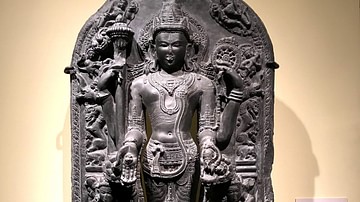
Image
Vishnu with Lakshmi and Saravati
The Hindu god Vishnu, the "preserver of the universe," is flanked by two female figures. His sister Sarasvati, the patron goddess of knowledge and the arts, stands to his proper left, playing a stringed instrument called a vina that is her...
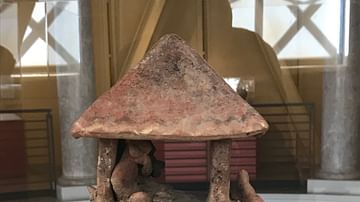
Image
Nayarit Cermaic House with Figures
This charming ceramic was made between 100 BCE-250 CE in Nayarit, Mexico. (Iris & B. Gerald Cantor Center for Visual Arts at Stanford University, Stanford, California)
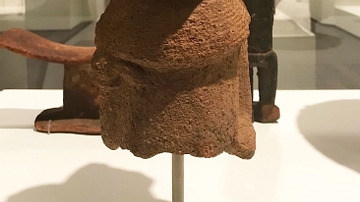
Image
Nok Culture Fragment of a Figure
As a result of erosion and mining, one of the oldest and most sophistcated art-producing cultures known in sub-Saharan Africa came to light in the mid-20th century. Hundreds of hollow figures, heads, and fragments made of coarse clay have...
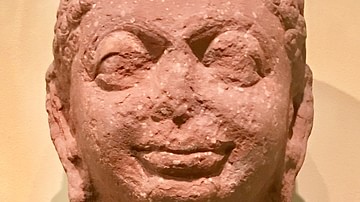
Image
Head of a Jain Tirthankara
This head belongs to a jina ("conqueror" or "liberator"), a Jain saint who severed the chain of rebirth and achieved a state of omniscience known as nirvana. Jains believe that there have been 24 jinas, each of whom is known as a tirthankara...
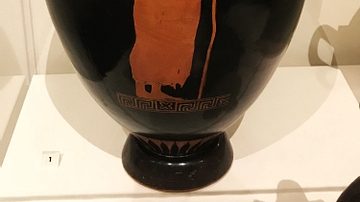
Image
Amphora of a Panathenaic Shape
This red-figure terracotta vase was made by the Eucharides Painter (c. 500-475 BCE) who worked in Athens, Greece during the Archaic Period (1000-480 BCE). This piece dates from 480 BCE. (Iris & B. Gerald Cantor Center for Visual Arts at Stanford...

Image
Mimbres Ceramic Vessel
This Mimbres vessel dates from 1000-1150 CE. The Mimbres, a Mogollon group, lived near the Mimbres River in a mountainous area in the southwest corner of New Mexico from c. 1000-1250 CE. Their clay vessels display a major advance in technology...
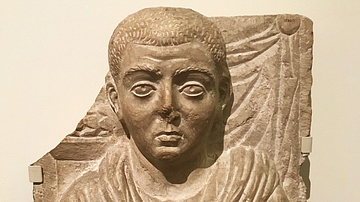
Image
Funerary Relief of a Old Man
This is a funerary relief of a old man who lived in Syria when it was under Roman occupation (64 BCE-260 CE). It dates from the 3rd century CE, and it is made of limestone. (Iris & B. Gerald Cantor Center for Visual Arts at Stanford University...
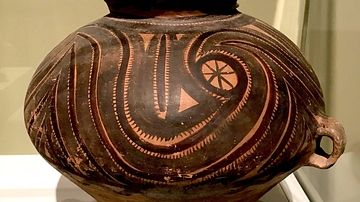
Image
Neolithic Chinese Jar
This jar dates from the 26th century BCE and is made of earthenware with pigments. It was made by the Majiayao Yangshao culture during the Banshan phase (c. 2655-2330 BCE). (Iris & B. Gerald Cantor Center for Visual Arts at Stanford University...
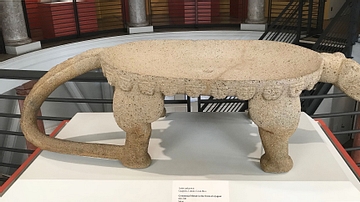
Image
Ceremonial Metate in the Form of a Jaguar
This ceremonial metate in the form of a jaguar dates from 600-700 CE and is made of stone. It comes from Guápiles, Limón, Costa Rica. (Iris & B. Gerald Cantor Center for Visual Arts at Stanford University, Stanford, California)

Image
Male Figure from Nayarit, Mexico
This sculpture of a male figure dates from 200 BCE-500 CE. It is a polychrome ceramic. It comes from what's presently Nayarit, Mexico. (Iris & B. Gerald Cantor Center for Visual Arts at Stanford University, Stanford, California)